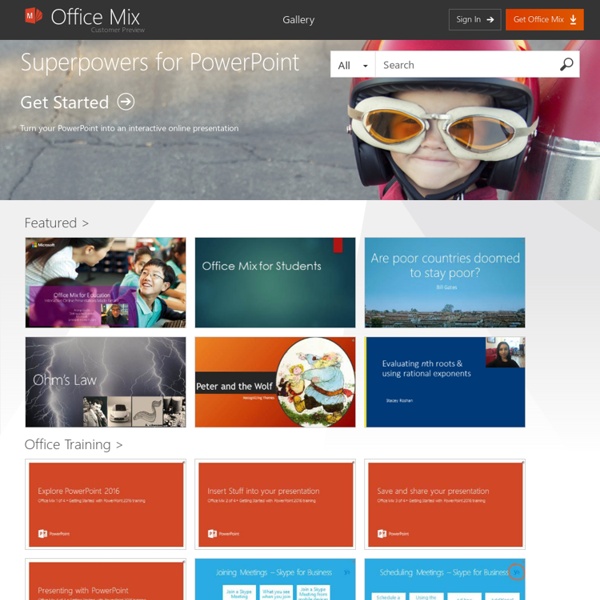



Alice Leung | learning and leading | Page 3 In New South Wales, Australia, the 2014 school year is just about to start so I thought I’d share with you my 4 professional goals for 2014. Goal #1 – Keeping science real 2013 was the year where I started the journey of connecting my students with current, practising Australian scientists. 2014 will also be the year where I want to utilise social media and technology to connect students with scientists, not just in Australia but from around the world. Goal #2 – Embed science communication into my teaching I was very privileged to be involved in the UTS Summer School this year where I worked with Christy, a former Questacon presenter (a science communicator who does science shows for children). One of the ideas I have this year is to have a science communication project where students work in small groups and become science communicators themselves where they design and perform an act that explains a scientific concept. Goal #3 – Making learning, thinking and understanding visible
PowToon, free business presentation software animated video maker and PowerPoint alternative Fastest Way to Create Comic Strips and Cartoons - Toondoo SOLO Hexagon Generator This HookED app populates a SOLO Hexagon Template. Brainstorm content ideas and enter them in the fields below. Click “Generate Document” to populate the template. Print the template and cut out the hexagons. Ask students to arrange the hexagons in sequences and clusters, justifying and annotating any connections made. Unistructural learning outcome-student identifies one hexagonMultistructural learning outcome-student identifies several hexagonsRelational learning outcome-student connects hexagons and explains the connections with annotations.Extended abstract learning outcome– student tessellates (clusters) hexagons adding annotations to make generalisations about a vertex (intersection point).
StoryDesk - Interactive Presentations +1500 Free PowerPoint Templates & Backgrounds for Presentations Resources and tools for Optics and Photonics Educators SPIE has assembled this list of websites containing lesson plans, activities, demonstrations and free materials to provide resources for educators, parents and students. Use them to bring light into your classroom! The Exploratorium Science Snacks - Snacks about LightNASA Educational Materials - Light and Color activities for grades K-12Flame Challenge--What is Color? - Winners from the 2014 Flame Challenge explain colorCanon Science Lab - What is Light? 2015 International Year of Light - Official website listing events, resources, sponsors and information on how to get involved International Year of Light Posters - Dozens of free posters available for downloadNanoscale Informal Science Education - International Year of Light Resources assembled by NISE Discover Engineering – Information about Engineers Week, self-guided tutorials content and activities for volunteers and educators TeachEngineering.com - Browse standards based K-12 curriculum modulesWhat Is Engineering?
silkslides.com Explore Sound - welcome to exploring Teaching 1 to 1 with Tablets